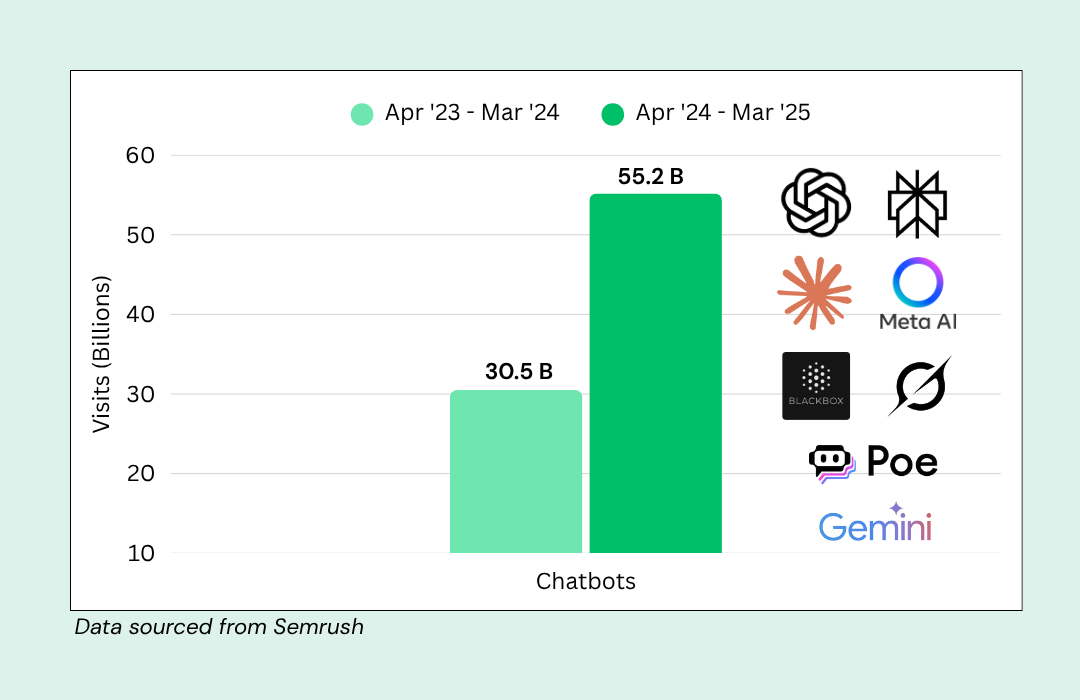The insight behind how implementing buying committee playbooks increased revenue 270%, doubled win rates, and shrank forecasted misses at Stytch.
No person is an island
It is rare in B2B sales for a single buyer to make a noteworthy purchase in a vacuum, and according to the Harvard Business Review software purchases greater than $100k involve on average eight stakeholders. Satisfying a group’s requirements becomes even more difficult in a challenging macroeconomic environment, where roughly half of the projects get funded and roughly 30% more deals require C-Suite approval than during “boom times”.
A concept that’s helped sellers navigate these realities is “The Buying Committee”, which at its core is defining what personas are involved in purchasing software, what roles do they play, and building an understanding of their individual requirements. A Buying Committee is different than your “Ideal Customer Profile,” in that the focus isn’t on your product’s “fit” but rather on how a purchasing decision is made.
Demonstrating a clear understanding of your buying cCommittee and enabling your go-to-market teams to employ this information as part of your sales playbooks will unblock deals, help you prioritize resources to impact, and chart mutual close plans with your customers. Failure to do this will result in faulty forecasts, wasted time and effort, and missed targets.
Going beyond the ICP
Knowing your ICP definition is only half the battle in the sales process. An ICP definition is a great way to assess who your best fit customers are, but an ICP doesn’t consider how that customer makes purchasing decisions.
Buying software is more complex than ever. With product-led motions giving your buyer the keys to trial and experiment without sales guidance, you introduce even more variables that could derail a deal. This is why clarity on how a customer buys and aligning yourself to their preferred journey is critical.
At Stytch, we realized that having specific stakeholders at specific stages of the buying journey led to higher win rates and more predictability and it all rested on our definition of the “buying committee.”
Who is in your “Buying Committee”?
B2B products will usually involve 2-3 common buyer archetypes in an evaluation, each with different focus areas and roles in a purchasing decision. More complex deals will involve more stakeholders, but generally , and occasionally a purchase (particularly a top-down decision from the executive team) will be streamlined. However, when trying to flesh out your buying committee, stakeholders will tend to fall into these 3 archetypes:
- Functional User: The hands-on person testing and setting up your product. They might not have the final say on money, but if they aren’t happy, your deal’s in trouble. Examples: Software Engineer, Product Manager, or Account Executive.Sales Enablement Manager.
- Functional Leader: This is the department bigwig. They’ll listen to the Functional User and, if convinced, will find the funds. Examples: VP of Engineering, Director of Marketing, or Head of Revenue.
- Executive Approver: For big-ticket items, you’ll need a thumbs-up from someone at the top. They won’t test the product, but they need to know it’s a smart spend. Examples: CTO, COO, CFO.
Turning insight into action
Here’s how to start investigating and optimizing your sales motion toward your buying committee:
- Investigate top won and lost deals: Check out your wins and losses from the past two quarters. What common titles showed up at what stages in the deals you won? What titles were missing in the deals you lost? By analyzing your top 10-20 won and lost deals, you should start to see a theme emerge around these inspectable elements.
- Interview salespeople: Great salespeople obsess about their deals, game planning to win at each step, and agonizing about the factors that could kill a deal. Interview the salespeople involved in top wins and losses, and ask what got their customer to conviction or where a deal stalled out. Chances are they will be able to shed some light on deal dynamics that they’re struggling with, or that there are areas to focus your sales enablement to satisfy the requirements of an underserved stakeholder.
- Read out Findings: Read out your findings to the entire go-to-market team, and share relevant collateral around the specific aims and objectives of your buying committee members. Starting at the manager level, you should seek to bake this knowledge into sales plays, forecasting, and enablement ongoing.
- Iterate and repeat: The key to a successful project is to reinforce enablement and inspection of your customer’s buying committees, knowing that these will shift over time. Holding a quarterly sync to incorporate findings across the customer-facing teams as well as your Product organization is key to building alignment and understanding here.
Building a playbook
Once you’ve built a hypothesis around how buying decisions are made, the key is distilling these into actionable insights for your customer-facing teams and managers. Incorporate these insights into enablement materal for the sales team, use it right away to realign deals in flight, and build playbooks that help your team engage these key personas at every step of the buying journey. Some of the Incorporating this information well into enablement materials and in-flight customer engagements will be the difference between a successful effort or an expensive misfire, some of the artifacts that should emerge from this workstream are:
- Buying Committee Overview: A detailed exploration of who the key stakeholders are, what KPIs and results they are held to, and their preferences when testing your product.
- Sales and Marketing Collateral: Customer-facing collateral (White papers, Customer stories, Outbound content) should be updated to reflect the needs and preferences of your target stakeholders. Depending on the specific personae involved in your buying committees, different emphases will be placed on different types of collateral.
- Updating Deal Reviews and Forecasting: Ensure that in-flight deals and opportunities are interrogated against the new findings and that deals, where key milestones are missing, are reduced in your forecast.
How buying committees boosted sales at Stytch
In prior iterations of the sales at Stytch, we struggled to forecast our business and saw lower-than-ideal win rates. Specifically, we missed our forecasted revenue by a> 20% margin and our win rate was sub 12%. This led us to the conclusion that:
- We were pursuing the wrong customers.
- We weren’t engaging the right stakeholders.
This kicked off an investigation. When digging into won and lost deals, we saw that the deals we won had engaged technical buyers (Engineering leaders) early in the evaluation and that resourcing a technical validation was less of a hurdle for this persona. In deals we lost or slipped out of the quarter, a technical buyer was rarely engaged and was never “driving” an evaluation.
To correct for this, we audited in-flight deals and discounted any that didn’t involve technical buyers. Then, we incorporated outreach to these technical buyers into our sales plays. Lastly, we started to shift our enablement, outreach, and content strategies to better engage technical buyers.
In the subsequent two quarters after this change was made, not only did revenue increase by 270% but our win rate nearly doubled. Lastly, our forecasted revenue shrank from a > 20% miss to within 5% of target.
There were a number of factors that contributed to these outcomes, but a foundational component was developing and implementing a heightened understanding of how customers purchased our product, and who to engage at different stages of a deal.
Align the buying committee, win the deal
Many organizations stop at defining an ideal customer profile, but the secret to repeatability and consistency in your sales motion is clarity on the buying committee. By defining and developing a deep understanding of your buying committee, your sales team have the tools to better target, position and forecast their deals. This process is never complete, buying committees like ICPs are shifting, iterate on this definition frequently to stay ahead of speed bumps in your buyer’s journey.
Summary
- A buying committee is different than an ideal customer profile, it is “defining what stakeholders are involved in evaluating and purchasing your product, and how they interact.”
- By defining and developing a deep understanding of your buying committee, you enable your sales team to better target, position and forecast their deals.
- The risk of not defining the buying committee well leads to missed forecasts, missed targets, and missed opportunities.
- Buying committees shift over time, ensuring your go-to-market and product teams are iterating on this information on an ongoing basis.







